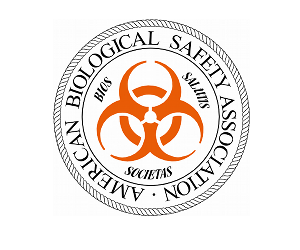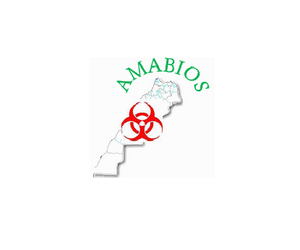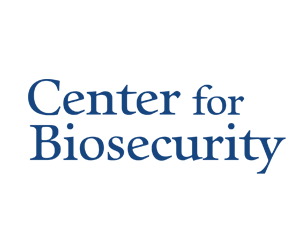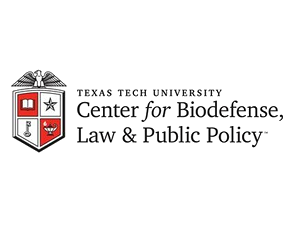Browse By Region

Browse By Category
Recent News
By Category: Agents & Toxins
Foodborne Illness Investigations: What Does the Public Have a Right to Know?
(Food Safety News) It seems safe to assume that most consumers want to know if the restaurant they’re about to eat at or the food they’re about to buy was recently the source of a foodborne illness outbreak. What’s less certain, however, is whether the government wants them to know this information. Deciding when to Read More »
- November 9, 2012
- | Filed under North America, Agents & Toxins, Agriculture, and Public Health
Synthetic Biology for Dummies, Investors or Both
(Forbes) In response to the recent publication of “Hacking the President’s DNA,” I’ve been fielding a lot of general questions about synthetic biology. I thought I’d put together a little primer for my readers. For Those Who Like To Watch: For the quickest introduction to the science involved, “Synthetic Biology Explained,” an excellent six-minute video Read More »
- November 9, 2012
- | Filed under North America, Agents & Toxins, and Biosafety
When parasites catch viruses
(EurekAlert) When humans have parasites, the organisms live in our bodies, co-opt our resources and cause disease. However, it turns out that parasites themselves can have their own co-habitants. Researchers from Harvard Medical School, Brigham and Women’s Hospital and SUNY Upstate Medical University have found that the pathogenicity of the sexually transmitted protozoan parasite Trichomonas Read More »
- November 8, 2012
- | Filed under North America, Agents & Toxins, and Research
No water-borne diseases detected in flooded areas
(New Straits Times) Despite this, the people must be vigilant against infectious diseases like hand, foot and mouth disease, typhoid fever, dengue fever, leptospirosis and skin diseases,” he told reporters after opening Bandar Botanic health clinic in Bukit Tinggi near here today. Liow said 31 health teams 28 medical teams have provided services in the Read More »
- November 8, 2012
- | Filed under North America, Agents & Toxins, Public Health, and Research
Medical staff also vulnerable to H5N1 threat
(Daily News and Analysis) After people who work in poultry farms, if bird flu has a better chance of affecting humans, then healthcare professionals are the next vulnerable lot and can spread the disease further. “The H5N1 virus does not have to mutate in order to affect human beings, it spreads through high concentration. If Read More »
- November 7, 2012
- | Filed under North America, Agents & Toxins, and Public Health




























